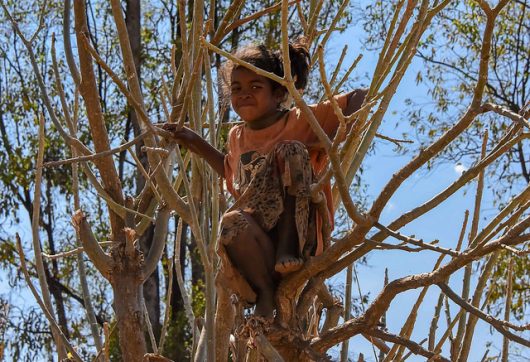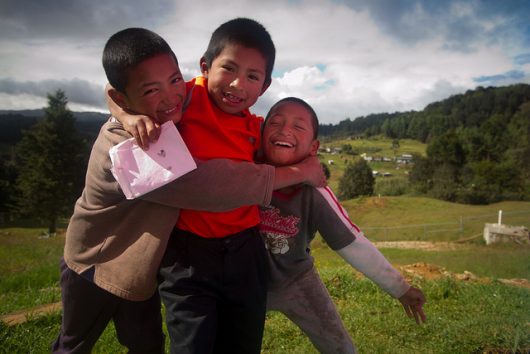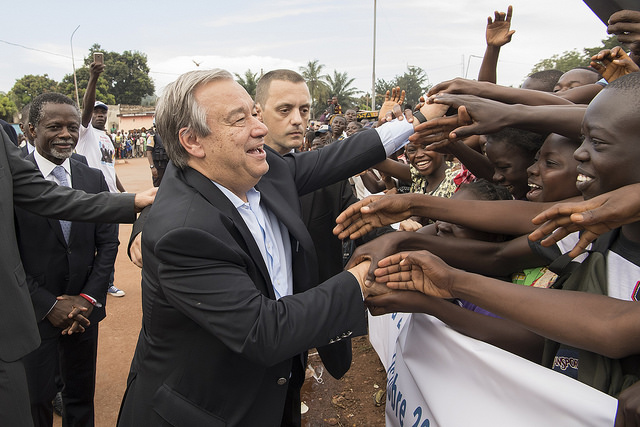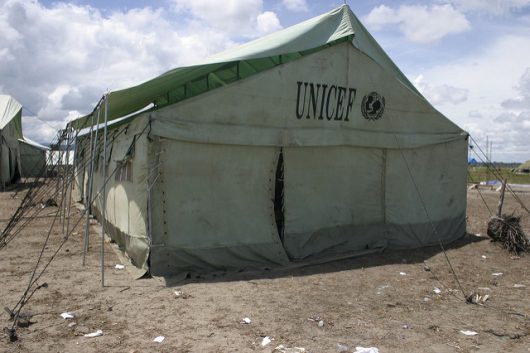
The United Nations International Children’s Emergency Fund (UNICEF) is a program dedicated to providing developmental assistance to children and mothers in developing countries as well as supporting humanitarian efforts globally. UNICEF operates in over 190 countries in an effort to protect and save children’s lives.
How UNICEF Works
UNICEF receives its funding through donations from government entities around the globe as well as private donors. Of these funds, government entities are responsible for two-thirds of the organization’s resources. UNICEF stands for transparency. It reports that of the donations it receives, nearly 92 percent is distributed to relief programs.
UNICEF was founded in 1946 in an effort to help war-torn children in the many countries affected by World War II. In 1953, UNICEF dropped the words International and Emergency from its title in an effort to extend its reach to children in need in developing countries.
What UNICEF Stands For
Today, in cooperation with governments and NGOs, UNICEF stands for providing health care to children, promoting children’s rights and providing immunizations, adequate nutrition, safe food and water as well as basic education. UNICEF’s ultimate goal is to ensure that no child ever goes hungry, thirsty, dies prematurely or is bought, sold or otherwise victimized. In order to achieve this, UNICEF works with families in need and helps ensure adoption policies are in accordance with the best and most ethical practices today.
UNICEF stands for transparency in the nonprofit sector. It receives high praises from many watchdogs for its monetary transparency policies. Of every dollar spent, 90 cents go to children’s efforts, seven cents go toward fundraising efforts and three cents go toward overhead and administrative costs. As well as being transparent, UNICEF excels at working with other agencies and private businesses to fight for children’s rights.
UNICEF’s Partnership with Google
UNICEF works with companies like Google to respond to emergencies such as earthquakes, hurricanes and other natural disasters. Most recently, UNICEF has worked with Google to help aid children and families affected by hurricanes in Puerto Rico and the Caribbean.
As well as emergency aid, UNICEF and Google collaborate to support the annual flu shot campaign provided by UNICEF. This collaboration has raised over $600,000 toward UNICEF’s immunization program.
In 2016, Google helped UNICEF by donating $1 million to help fight the spread of the Zika virus. Google worked with UNICEF to build a program which tracked the anticipated outbreak of the virus and developed technology that is applicable to not only the Zika virus but other virus outbreaks in the future. With Google’s help, UNICEF helped prevent the spread of the Zika virus and saved the lives of many children and families around the world.
UNICEF is a program with the noble intentions of promoting children’s health and happiness around the globe. Many of the programs provided by UNICEF have helped greatly in reducing the abuse of children in over 190 countries. With its clear mission of transparency, UNICEF succeeds in providing aid to children and families in need. With the help of NGOs and companies like Google, UNICEF is set to continue its story of success in the future.
– Dalton Westfall
Photo: Flickr
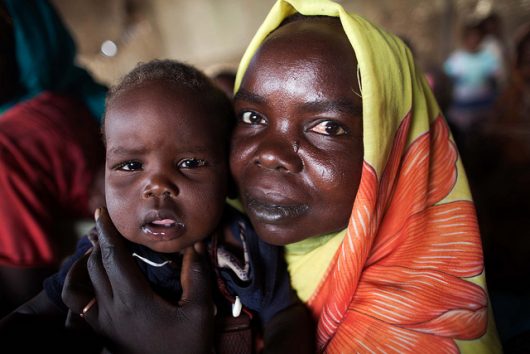 Ranked at 166 out of 187 countries on the United Nations Human Development Index,
Ranked at 166 out of 187 countries on the United Nations Human Development Index,  The recent use of chemical weapons in Syria has once again brought attention to the country and its citizens, those remaining within Syrian territory and facts about refugees who have been forced to flee. The conflict in Syria has created an unprecedented amount of refugees, the largest number on record. The
The recent use of chemical weapons in Syria has once again brought attention to the country and its citizens, those remaining within Syrian territory and facts about refugees who have been forced to flee. The conflict in Syria has created an unprecedented amount of refugees, the largest number on record. The 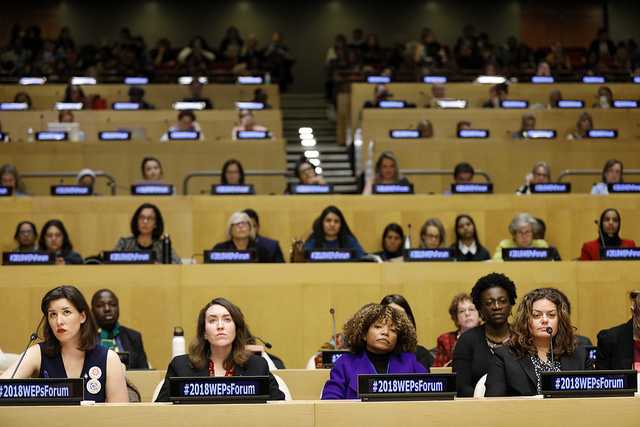
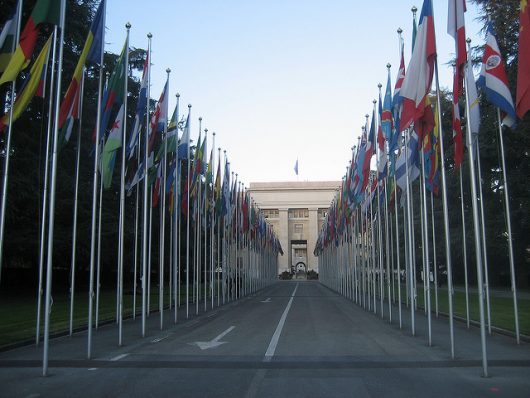
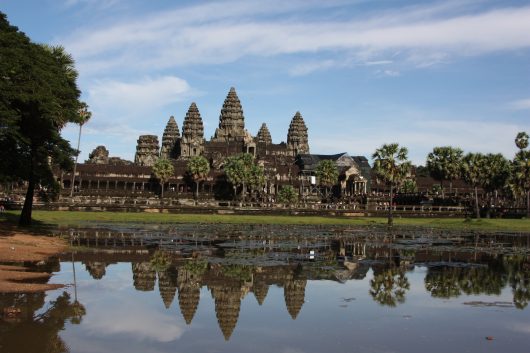 During the Holocaust, more than six million people lost their lives because of their religion, ethnicity, sexuality or other characteristics. To this day, the
During the Holocaust, more than six million people lost their lives because of their religion, ethnicity, sexuality or other characteristics. To this day, the 